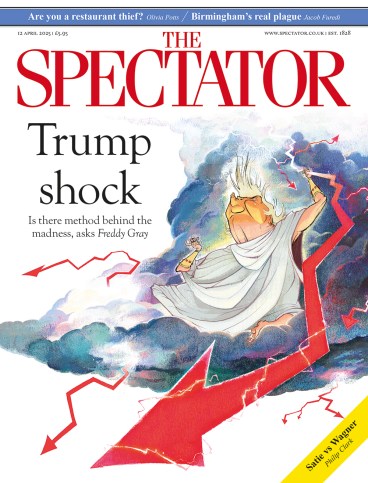
Tom Lee has narrated this article for you to listen to.
In the latest series of The White Lotus – a moral fable about the narcissism and toxicity of the privileged class – Parker Posey plays Victoria Ratliff, a Southern matriarch routinely spaced out on the tranquilliser lorazepam. Her daughter Piper asks why she needs it. ‘Certain social situations make me anxious,’ she drawls. When her husband Timothy (Jason Isaacs) gets word that his crooked financial empire is about to crumble, he starts necking Victoria’s pills in secret before swiping the bottle.
My ears always prick up at the mention of lorazepam because, like Timothy Ratliff, I have taken it illicitly to manage anxiety. However, I was not stealing it from my wife, but receiving it in the post from my mother.
This year is the 70th anniversary of the accidental discovery of Librium, the first of the benzodiazepine family of tranquillisers. Librium – quickly followed by close relations Valium, lorazepam and others – revolutionised the pharmacological treatment of anxiety and, between the late 1960s and early 1980s, Valium was the most widely prescribed pill in the western world: the defining drug of historian Arthur M. Schlesinger Jr’s so-called ‘age of anxiety’.
Benzos, and their predecessors, always had a bad image – not the countercultural glamour of weed, acid, cocaine and heroin, but the go-to drug for the desperate suburban housewife in the Stones’ ‘Mother’s Little Helper’, or the ruined starlets of Jacqueline Susann’s Valley of the Dolls and Joan Didion’s Play It As It Lays.
Benzos’ image problem was soon accompanied by a broader panic about the medical dangers of the drugs.








Comments
Join the debate for just £1 a month
Be part of the conversation with other Spectator readers by getting your first three months for £3.
UNLOCK ACCESS Just £1 a monthAlready a subscriber? Log in